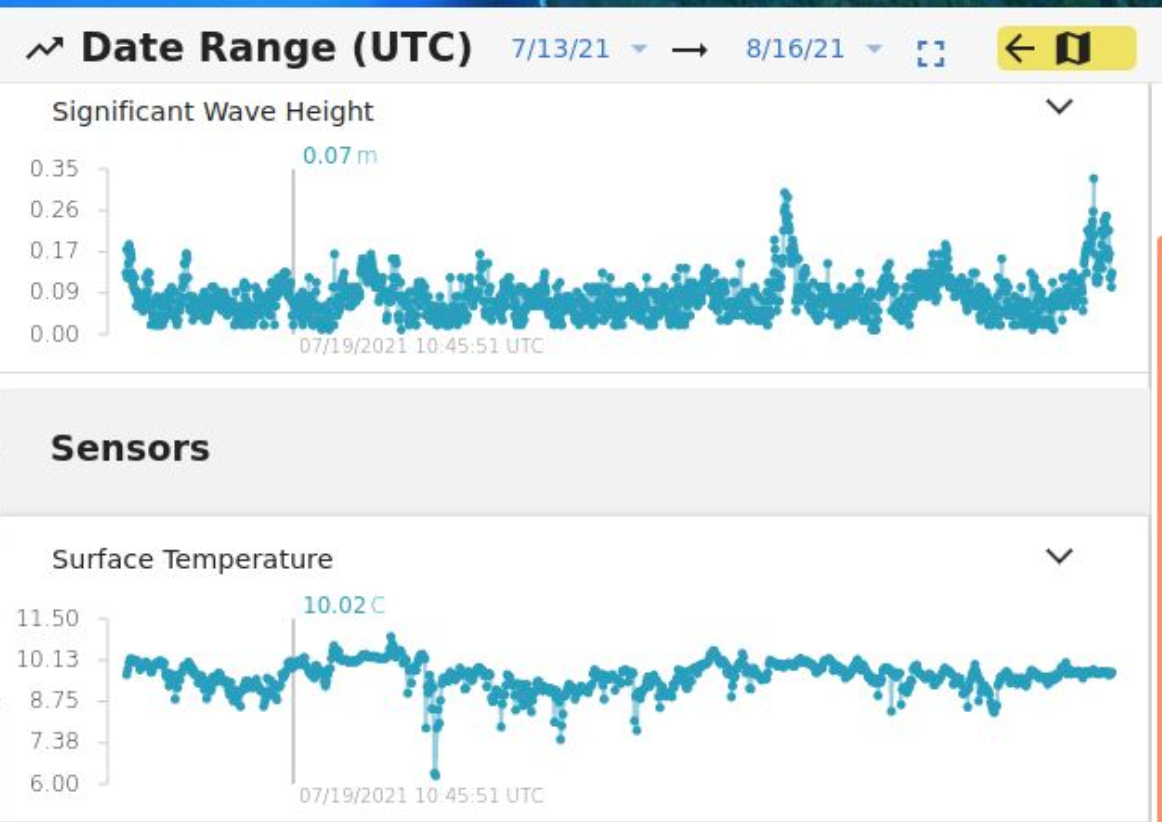

This blog was written by Osvaldo Artal.
IFOP (Fisheries and Aquaculture Development Institute) is the main consultant of the Chilean Fisheries Bureau, part of the Ministry of Economy, as a source of valuable information for decision making in issues related to sustainable fishery and aquaculture operations in Chile. In the last few decades Chile has become the second largest producer of farmed salmon worldwide, which has brought significant income and development to southern-most regions of Chile, isolated and impoverished prior. The fast growth of the aquaculture industry has threatened the pristine waters and marine environment of the Chilean Patagonia, and in turn a long-term risk to the industry itself too.
Among the several efforts to understand the relationships between aquaculture production and the marine environment within a sustainable development frame, a real-time monitoring network of environmental variables is to be established at salmon farming sites around Southern Chile. That network, along with a database and website, aims to achieve deeper understanding of local productivity-environmental processes and promote sensible management of aquaculture production and coastal risk alert systems through large scale data analysis.

Salmon farms can be found throughout the inner seas of the Chilean Patagonia. These inner seas are conformed by a vast system of fjords, channels, straits, and archipelagos, whose hydrodynamics are ruled by the interaction of the region’s complex bathymetry and topography. Large fresh water runoffs include inputs from the ice fields and glaciers, with varying tidal wave amplitudes, reaching 8 meters in certain inlets, and westerly winds modulated by seasonal oscillating position of the South-West Pacific high pressure anticyclone.
There are nearly 1400 salmon farms in the 1500 kilometers between Puerto Montt and Punta Arenas, many of them located at remote sites hundreds of kilometres away from the nearest settlement. Each facility is grouped into a spatial management area with nearby farms which designates logistical, productive, and sanitary management of that area. Every management area will have at least one buoy equipped with sensors for conductivity, salinity, temperature, depth, eulerian marine currents, density, fluorescence and turbidity. The high number of farms gives us an idea about how hard the task is of setting up a salmon farm monitoring network for the salmon aquaculture management in Chile. As the wider monitoring network is slowly getting rolled out in a large of farms, this initial deployment of a Spotter buoy is used to prepare the back-end infrastructure required to backup and display the data. The network is expected to start working by 2022.

The spotter buoy was easily deployed in the fjord of Castro, close to IFOP’s facilities. It will be used to test the data management and display system reception system. The environmental information it collects will be incorporated in the next few months into our website CHONOS, a website that gathers a number of data explorers, data analysis and visualization based on numerical modelling developed by IFOP for the Chilean Patagonia.

Observations will be also used for wave model validation along the Chilean coastline.